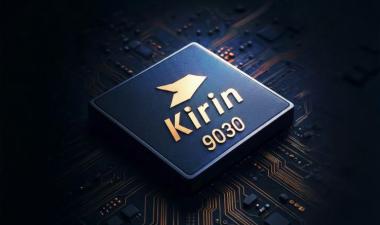Deep Dive Teardown of the Samsung Galaxy S23 FE SM-711B/DS Smartphone
Share This Post
Samsung has the most design wins for the Samsung Galaxy S23 FE with twelve major ICs. Samsung provided the Octa-Core Applications/Baseband Processor developed with 5 nm CMOS technology. Power Management (S2MPS25, S2MPM07, S2MPS26) used in Samsung versions S22, S22+, and S22 Ultra for the USA market. ICs from Qorvo, Skyworks, Qualcomm, Wisol, and Murata provide RF chips for smartphones. Of the new RF chip can be noted RxDFront-End Module (QFM3576-001). A new NFC Controller from Samsung (S3NSEN6) was used for the first time in this smartphone.
For this device, Samsung provided 8 GB Mobile LPDDR5 SDRAM (K3LK7K70BM-BGCP) and 128 GB 3D TLC V-NAND Flash (KLUDG4UHDC-B0E1) with Memory Controller (UFS 3.1) integrated in one chipset. Unembedded supporting components (filters SAW, Dual SAW, diplexers, triplexer, band passes, and duplexers) were supplied by Murata, Qualcomm, Qorvo, Wisol, and unknown manufacturers. Aside from the cameras, the S23 FE also uses an Optical Fingerprint sensor instead of an ultrasonic one. It also uses a glass OLED display instead of Y-OCTA more typical for the Korean manufacturer. On the outside, the main frames look similar, and they share both the technology in which they were manufactured and most of the features, however, the internal arrangement is slightly different –the Samsung S23 FE has a slightly bigger opening for the heatsink in the battery compartment as well as cutaway probably allowing for access to test points on touchscreen flex, it also has a much thicker layer of anodization.









